Talk with our local travel specialist who can help organize your trip.
Insightful Facts About Mount Everest: Highest Peak in the World
Mount Everest, an adventure to some and a mystery to many, is famous for being the highest point and the tallest mountain above sea level in the world. This mountain straddled between Nepal and Tibet is knitted in rich history, nature, culture, beliefs, and traditions, making it a true gateway to heaven.
Nepal and Tibet proudly host treks, tours, and expeditions in the Everest region. The marvel of climbing this majestic natural beauty at an altitude of 8848.86m is something out of a dream to many of us. The harsh climatic and topographical situations have made it a challenging yet most desirable mountain to climb worldwide. The decades since the first successful climb of Everest in 1953 have been very colorful due to the escalated expeditions and development of many trails around the Khumbu region of Nepal. The tourists' shared reviews of soulful experiences have added to the prominence of Mt. Everest.
Many are curious about the geography, the animals living on Mt. Everest, the growth of the mountain, some creepy facts about Mount Everest, and more. Whether you are planning on an expedition to Everest, fetching some general insights into the world, or are a kid working on a geography project about Mt. Everest, we have accumulated facts about Mount Everest in the below section just for you.
Below are the amazing mount Everest facts:
Table of Content
- Who Came Up With The Name "Everest"?
- Where Is Mount Everest Located?
- How Was Mount Everest Formed In The Himalayas?
- How High Is Mount Everest?
- Other Geographical Facts
- Life In The Himalayas
- Religious Belief And Culture
- Who Climbed Mount Everest First?
- Everest Summit Records
- Creepy Facts
- Other Interesting Facts
- Plan A Tour To Mount Everest
- Conclusion
Who Came Up With The Name "Everest"?
- Mount Everest is also known as 'Sagarmatha' in Nepali, meaning "Peak of Heaven," and as "Chomolungma" in Tibetan language, meaning "Goddess Mother of the World."
- Mt. Everest was previously referred to as Peak XV until 1865 AD, when it was named after Sir George Everest, the British surveyor General of India.
- Andrew Waugh, who made the first formal observation of the mountain, proposed the name "Everest" after his revered predecessor Sir George Everest, who actually never laid his eyes on the mountain.
Where Is Mount Everest Located?
- It sits at the crest of the Mahalangur Subrange of the Great Himalayas of Southeast Asia in coordinates 27.9881° North, 86.9250° East, between the countries of Nepal in the south and Tibet in the north.
- Mount Everest is located within the beautiful Sagarmatha National Park of Solukhumbu district, Nepal, a 480 square mile park established in 1976 AD and designated a UNESCO World Heritage site in 1979. On the Tibetan front, the mountain is located in Xigaze's Tingri County.
How Was Mount Everest Formed In The Himalayas?
- Mount Everest was formed by the rapid collision of the tectonic plates of India and Eurasia over the years which formed a sedimentary rock layer almost 30,000m (100,000 ft) about 70 million years ago. The compressed layers thrashed upward to form the Himalayan range, among which Everest is the highest.
- Everest got formed into a three-sided steep terrain pyramid accumulating snow with the altitude of the snowline being 5,800 to 6,200 m (19,028–20,341 ft) on the northern side and 5,500 to 6,100m (18,044–20,013 ft) on the two southern sides.
How High Is Mount Everest?
- Mount Everest is famously known as the highest peak above sea level globally.
- Standing at the height of mount everest 8848.86 m (29,031.69 ft).
- Radhanath Sikdar, a native Indian mathematician and surveyor, was the first to discover Mt. Everest is the tallest peak in the world, in 1852 AD.
- Due to the uplift of the tectonic plates, Everest grows 4mm annually.
- Surveyors from different countries always debated the actual Everest height. After the recent survey in 2020, China and Nepal agreed that Everest had grown by 0.86 m, probably due to the massive earthquake in 2015, to its new height of mount everest 8848.86m.
- Despite being of significant height, it is only the highest mountain "above sea level." If we were to consider the mountains below sea level starting from the ocean bed, then Mauna Kea, located in Hawaii, would be the tallest mountain in the world. Mauna Kea, an inactive volcano, has a total height of 10,211m (33,497 ft). However, only 4,205m (13,802 ft) is above sea level.
Other Geographical Facts
- Jet Streams is a term coined for the freezing winds of 120 km per hour (70 miles per hour) that circulate high in the atmosphere at the top of the summit.
- Mount Everest is surrounded closely by other high mountain ranges like Changtse in the north, Lhotse, Nuptse (7,861m/ 25791ft), and Khumbutse (6,665m/21,867ft) to the south and west.
- The 'death zone' is termed for the altitude above 8,000m/ 26,247ft in Mt. Everest.
- With a total area of over 1500 square km (580 soiree miles), there are about 500 glaciers between the ridges, including the well-known Khumbu, Rongbuk, Pumori, and Kangshung glaciers.
Featured Trips
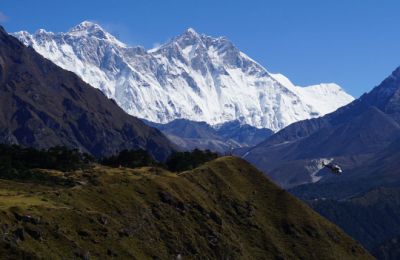
Everest Base Camp Trek - 14 days
Looking for an exciting Himalayan experience? Join us on our 14 day Everest Base Camp Trek - get ready to be stunned by breathtaking views and discover magical Nepalese cultures!
Inquire Now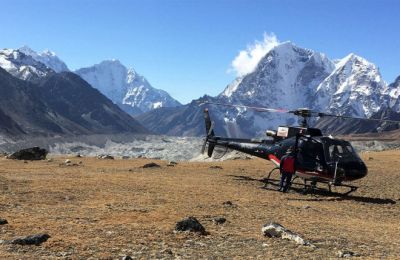
Everest Base Camp Helicopter Tour - 1 day
If you are seeking a thrilling helicopter experience and want to see the best of the Himalayan range and witness Mt. Everest, then book now for a journey to the Base Camp of Everest.
Inquire Now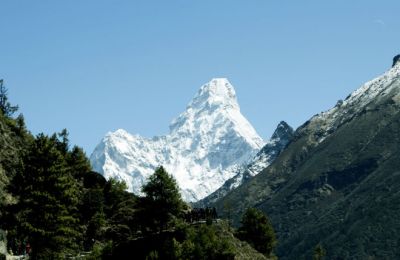
Short Everest Base Camp Trek Itinerary - 12 days
Short Everest Base Camp Trek itinerary is a fast-paced journey in the isolated ethnic Sherpa settlement at Khumbu region. 12 days itinerary is suited for those who are short on time but wish to set foot on Everest Base Camp
Inquire NowWhere to travel next?
Get help from our travel specialists for holiday ideas that matches your interests.
Life In The Himalayas
- The Everest region is dominated by the ethnic community of "Sherpas," meaning 'people from the East' in Tibetan, who practice Buddhist religion and reside at altitudes up to 4,270m/14,000ft.
- The Sherpa's are known to have inherited the trait of having increased hemoglobin production, which allows them to function in low-oxygen environments in the high altitude.
- The Sherpa's survive on these toughest terrains by engaging in tourism, working as porters, hoteliers, and guides.
- There are monasteries and shrines in the Sagarmatha region, including the famous Tengboche monastery in Nepal and Rongbuk, the world's highest Monastery, in Tibet.
- Animals such as Himalayan Musk Deer, Snow Leopard, Himalayan Tahr, Red Panda, Blood Pheasant, Himalayan Monal, and more reside in the foothills of Everest below 6,000m/ 19,685ft in Sagarmatha National Park.
- At the altitude of 6,700m/ 22,000ft, the only living thing that can survive is the Himalayan Jumping Spiders, nestled in the crevices of the mountain's slopes.
Religious Belief And Culture
- The Sherpa's worship Mount Everest as their mountain god and protective deity, which is why it was never climbed, out of respect, until British explorers revolutionized mountain climbing.
- Before ascending the mountain, a Lama (Buddhist spiritual leader) will perform a religious ceremony at Everest Base Camp in the name of the mountain god to protect the team, ask for permission and safe passage.
Who Climbed Mount Everest First?
- The first attempt at climbing Mt. Everest is said to have been made by a British team led by George Mallory in 1921. Due to their demise in Everest, there is no record to prove that they climbed Everest.
- As per the record, Mt. Everest was first successfully climbed by the team of Sir Edmund Hilliary, a mountaineer from New Zealand, and Tenzing Norgay, a Nepali Sherpa, on May 29, 1953.
Everest Summit Records
- Since 1953, there have been about 8000 summits to Everest till now. They attempted Nepal's southern ridge.
- In 2019 alone, there were a record-breaking 900 summits, but it caused long queues in the trail, causing a viral concern from media groups and environmentalists.
- The record-breaking highest number of successful summits is by Kami Rita, a Nepali Sherpa who has been to the summit on 25 different occasions.
- The fastest ascent to the summit from the southern base camp is known to be 10 hours, 56 minutes, and 46 seconds by a Nepali, Lhakpa Gelu Sherpa, in 2003.
Creepy Facts
- There has been a record of more than 300 deaths in the Everest expeditions, with a death rate of 14.1%, making it one of the most dangerous mountains in the world.
- Many dead bodies have never been recovered from the Everest trail.
- The massive earthquake of April 25, April 2015, caused an avalanche from Pumori to the Everest Base Camp, killing at least 22 people, making it the single deadliest disaster in the mountains.
- Within the death zone of Mt. Everest, there is Green Boot Cave which was named after an Indian mountaineer, Tsewang Paljor, who was found dead there, wearing green boots. This place is where many climbers take breaks during the climb.
- There is known to be about 8000 kgs of human feces left on Everest by climbers per year. Climbers, remember to take care of the environment!
Other Interesting Mount Everest Facts
- The world's highest pub, The Irish Pub, also known as 'the Gateway to Everest," is located in Namche Bazaar, Everest Region, at 3,440m.
- There are 17 possible climbing routes, but most of mountaineers climb either through the Southern-ridge in Nepal or the Northern-ridge in Tibet. Due to political and other internal regions, it is very difficult to climb from the Northern ridge, so most mountaineers use the southern ridge.
- The '2 o'clock rule' in the Everest expedition means that climbers must summit by 2 pm. This is to ensure that they are not caught in the death zone when the weather of Mt. Everest is unpredictable in the after hours.
- The year 1977 was considered the safest in Everest expedition history because there were no deaths while climbing Mount Everest.
- The 'summit window' for the Everest expedition is in May and September, which is perfect for climbing due to the silent winds and good weather.
- January is not considered for the Everest expedition as it is the coldest month, with temperatures reaching as low as -36°C (-33°F) near the summit.
- The warmest known temperature in the summit is -19°C (-2°F)
- There is only one-third of the usual oxygen at the summit due to high altitude and depleting oxygen levels in the atmosphere.
- An average climber uses up to 7 bottles of oxygen during the expedition at a high altitude, and each of these bottles lasts up to 5 hours.
- Some parts of the 2015 movie "Everest," which depicts the true mountain disaster of 1996, were filmed at 4750m near Everest Base Camp.
- In 2019, Nirmal Purja (Nims), a Nepal-born mountaineer, and his team scaled Mt. Everest, Lhotse, and Nuptse summits at a span of 48 hours, making it the fastest summit of the three highest mountains in the world.
- It takes anywhere from 40 to 60 days in the Everest region, including planning, acclimatizing, and summiting for an Everest Expedition.
- The cost of an Mt. Everest expedition will cost about USD 30,000 per person on average, but the cost can vary as per the resource and assistance utilized.
Featured Trips
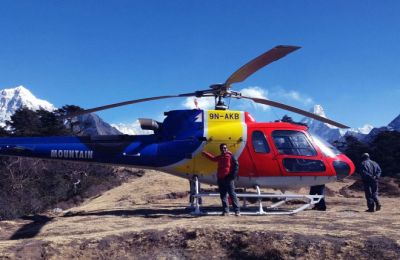
Everest Base Camp Luxury Trek with Helicopter Flight - 11 days
Take an extraordinary journey and explore majestic Mount Everest with a once-in-a-lifetime Everest Base Camp Trek. Enjoy the sights of local Sherpa culture along the way before soaring back down to Kathmandu in a helicopter return.
Inquire Now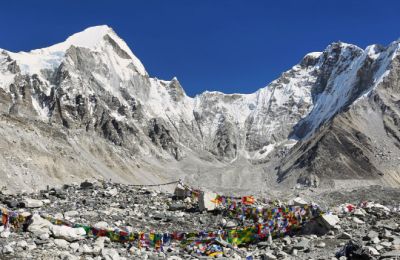
Everest Base Camp Short Trek Heli Return to Lukla - 12 days
Everest Base Camp Short Trek takes you across the highest trekking trail on Earth. Fulfill your lifelong dream to Trek Everest Base Camp and return from Kalapatther to Lukla.
Inquire NowWhere to travel next?
Get help from our travel specialists for holiday ideas that matches your interests.
Plan A Tour To Mount Everest
There are many ways of planning a tour to Mount Everest, either from Nepal or from Tibet.
From Nepal
To get to Nepal, you will simply have to take an international flight from any of the major cities around the world to Kathmandu, the capital city. If you wish to explore the Everest region via trekking, you can go on many adventures like the classic Everest Base Camp Trek, Everest Three Pass Trek, or Chola Pass Trek. There are also opportunities for a helicopter tour to the base camp, mountain flight over Everest, skydiving, and expedition from the popular southern ridge.
From Tibet
To travel to Tibet would require you to fly from the major cities of the world to either mainland China or Nepal, then take a second flight or a drive to Tibet. From the capital city of Lhasa to Everest Base Camp is about 700km (400 miles) by road. Overland tours are the most popular way to reach Everest Base Camp. However, there are other adventures like trekking, cycling, and expeditions from the north ridge.
Conclusion
Mount Everest is certainly a monument of grandeur that has gained wide popularity in the tourism industry. This highest point in the world is a natural masterpiece with a unique topography, harsh climate, and diverse flora and fauna. We hope that all our readers have gotten useful insight and have enjoyed the elaborate mount Everest facts.
You can contact us if you wish to know more or plan and organize any tours, treks, and expeditions to Everest. We make sure that all your adventures with us are safe and fun with our extensive knowledge, experience, and trained team.
- Written by: Naba Raj Amgai
Updated: Jan, 28, 2022

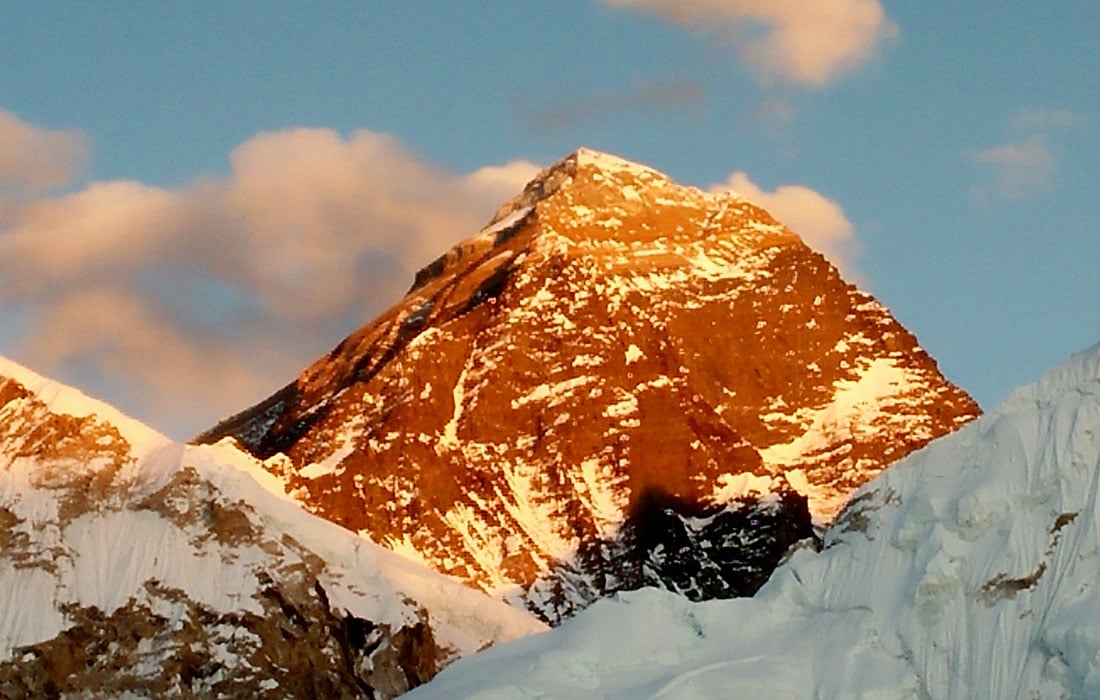

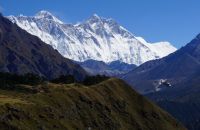
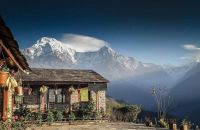
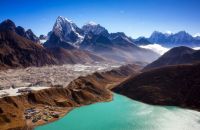
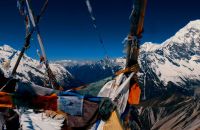
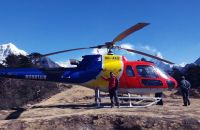
















Recent Comments
Thanks for sharing very well written and worth reading this article. Wish to see more in the coming days.